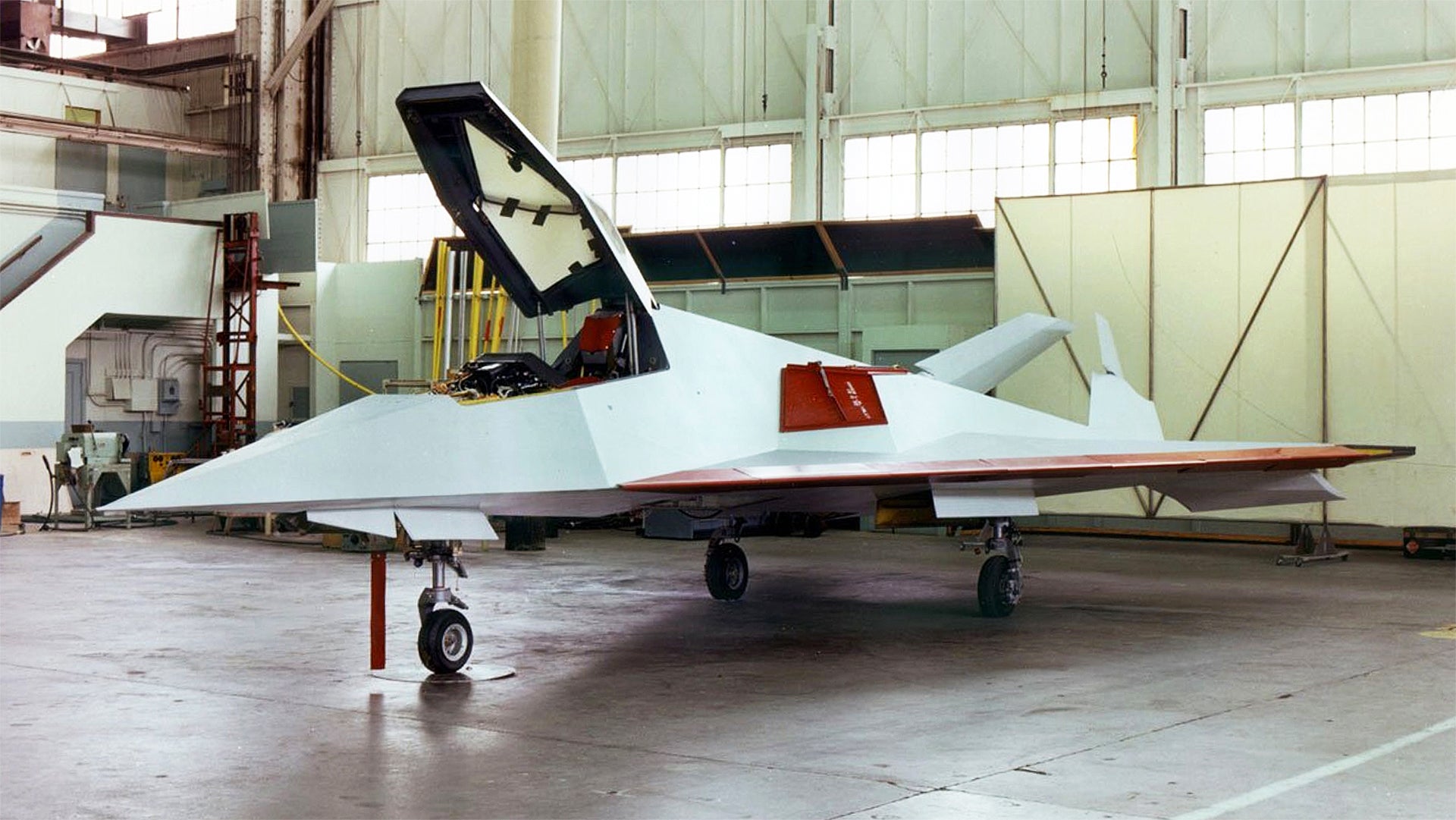Test pilots are truly a breed of their own and some have seen and done amazing things that they will never be able to talk about. USAF Lt. Col. Norman “Ken” Dyson is one of these men, but luckily he can talk about flying two of the most game-changing top secret experimental aircraft of the second half of the 20th Century. Metaphorically speaking, Dyson wasn’t just part of the stealth revolution, he was one of two pilots who actually took that revelation into the air for the first time, and the only one who followed up and did it again with a second generation of stealth aircraft design.
Dyson flew F-100s and F-4s in Vietnam and went on to become a test pilot. He was part of the F-15A test team when America’s iconic air superiority fighter was still in its infancy, before he faded into the dark world of classified flight testing. There he would work on projects that would later become legendary once they were declassified and changed the future of aerial warfare forever.
Dyson describes his amazing and unexpected journey into the classified world of early stealth aerospace technology in what is an absolutely fascinating recorded presentation that is on record with the National Museum of the United States Air Force. It offers an unprecedented insight into the flight test program of Have Blue—Lockheed Skunk Works’ radically exotic faceted test aircraft that was based on the company’s “Hopeless Diamond” design—a software generated (ECHO 1) concept that looked totally un-flyable at the time of its creation in the mid 1970s.
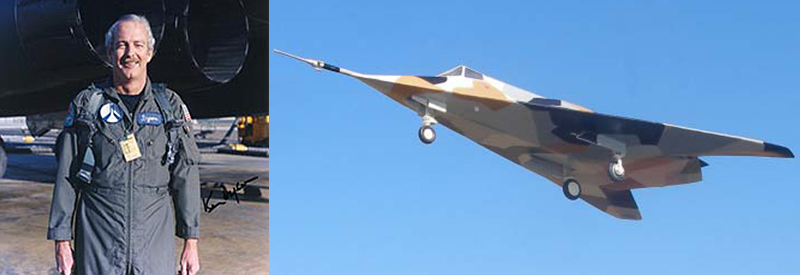
In order to reach the flight test stage, Lockheed’s Have Blue design won out against Northrop’s concept under the XST program, which you can read all about in this past feature of mine. Although both Have Blue demonstrators crashed, the work done with them quietly gave birth to the F-117 Nighthawk. But not long after the Have Blue program wrapped up later, Northrop, along with Ken Dyson, would get its shot at testing a more advanced stealth technology than what Have Blue offered—one that featured continuously curving rounded structures instead of flat faceted ones.
This of course was Northrop’s Tacit Blue, also known as The Whale, or by the overreaching program it was used for, the Battlefield Surveillance Aircraft Experimental, or BSAX for short. You can also read all about this program and its massive implications on everything from how the USAF does reconnaissance to future stealth aircraft design to unmanned aircraft by reading this other past feature of mine.
Ken Dyson is the only pilot that flew both aircraft that are largely credited with giving birth to and validating the long brewing idea of stealth aircraft that could leave many radars blind as to their presence nearby.
Listen to the entire presentation by clicking here.
Some of the highlights include:
- Dyson calls the Have Blue a “small fella” and recounts how it could almost taxi underneath a F-117 Nighthawk’s wing.
- The Have Blue aircraft not only used the F-16’s fly-by-wire system but also its side-stick controller. These technologies were extremely young at the time, even for the F16 to use yet alone a exotic flying technology demonstrator.
- Dyson and his Lockheed counterpart Bill Park were among the first pilots who also flew the F-16—in a two seat B model in their case—to get accustomed to the flight control concepts and side-stick controller they would be using when flying Have Blue.
- They also flew in the T-Bird variable stability aircraft that could mimic Have Blue’s projected flight characteristics.
- The crash of the first Have Blue was wrongly described in most literature.
- After the crash Lockheed test pilot Bill Park, who was injured fairly severely, was half jokingly told that he was only allowed to eject from four aircraft and he wouldn’t be flying another with an ejection seat. That’s right, four ejections and he lived to talk about them all.
- Ken Dyson was the only pilot to fly Have Blue 2.
- The Skunk Works team proved stealth could work with Have Blue 2. As Dyson put it: “We flew it as much as we could against everything we could.”
- The crash of Have Blue 2 occurred during a test against an F-15 and its powerful radar.
- Ken experienced seven negative Gs while trying to escape from the flailing experimental jet and his chute opened as he was ejecting.
- He was only up for ten minutes before he ejected at 20,000 feet. It would take another ten minutes before he hit the ground.
- The cause of the crash was a loose engine clasp that allowed hot gasses to damage the aircraft’s hydraulics.
- Have Blue had a variable geometry platypus tail kind of like the one on the B-2. It was called the “Platy” by the test team.
- Tacit Blue was only flown by five pilots.
- Its notoriously ugly looks made for some great one liners, including “they forgot to take it out of the box!”
- It was technically more unstable than Have Blue.
- It used the F/A-18 Hornet’s all digital fly-by-wire system and an elaborate array of conformal pressure sensors to stay pointed in the right direction while aloft.
- Tacit Blue’s tail had a span of 24 feet, two feet wider than the entire wingspan of Have Blue.
- The aircraft had bad hydraulic problems before its first flight, with the system finally working on the 19th ground engine test run.
- The closely spaced engines that shared a common air inlet could only be started at nearly the same time because after one was running the other wouldn’t get enough air.
- Along with tons of simulator training, Whale pilots also flew in a variable stability trainer, this time in the far more ungainly NC-131H TIFS.
After leaving the USAF not long after flying Tacit Blue, Ken Dyson went on to have an awesome career with Rockwell. There he worked on multiple flight test programs, including flying the B-1B through its teething years and the ultra-maneuverable thrust-vectoring X-31. He retired from Rockwell as the company’s chief test pilot in 1993.

Here are some pics of Have Blue and Tacit Blue. They still look ripped straight from science fiction:
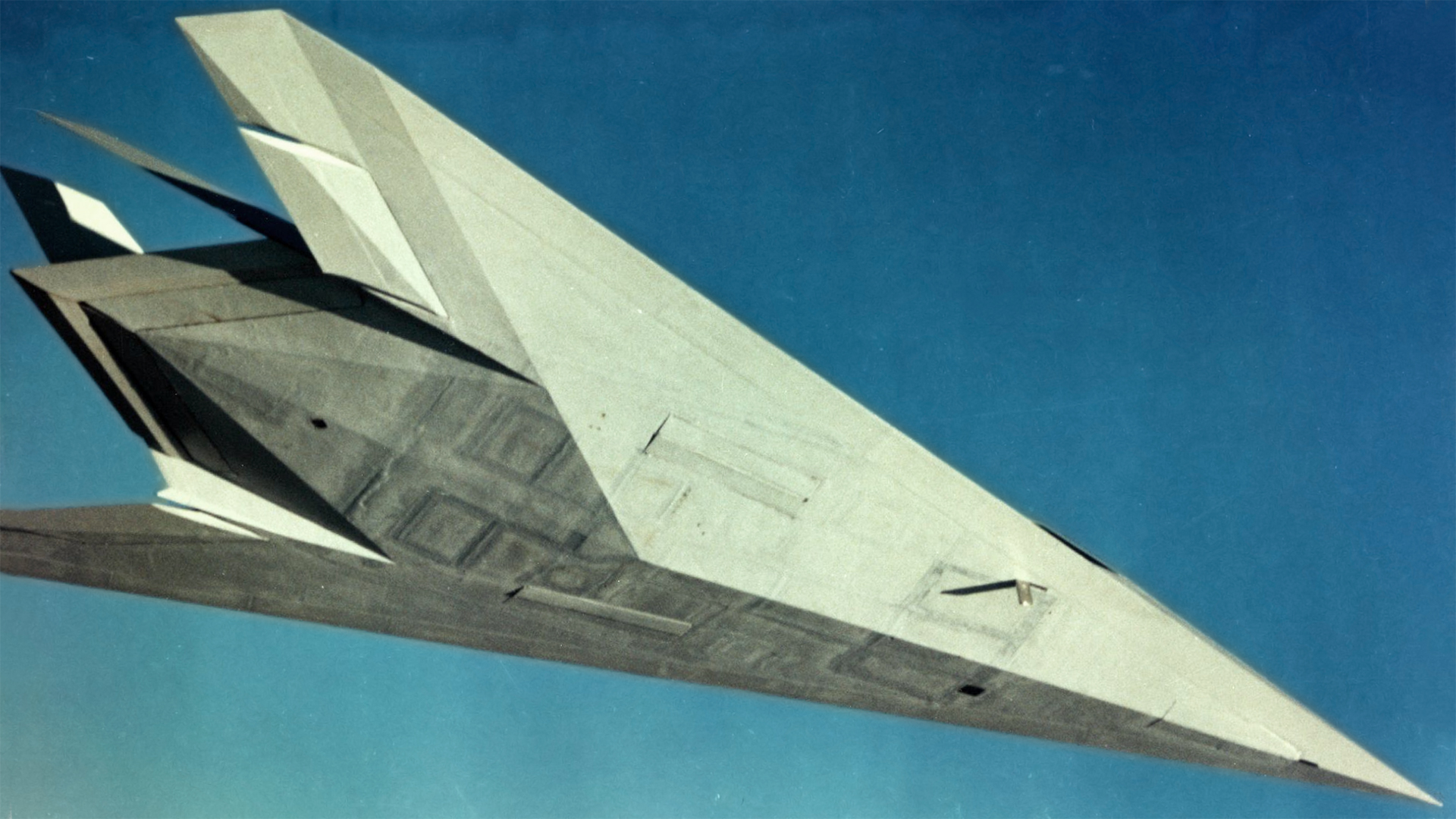

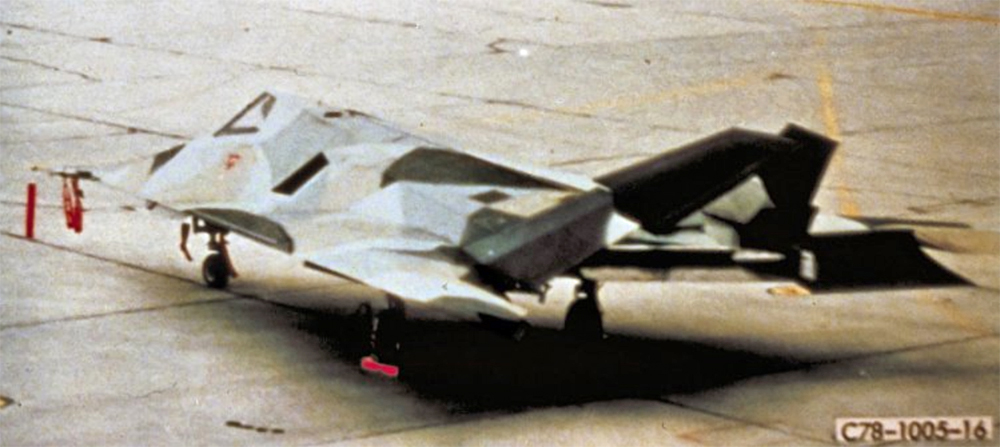

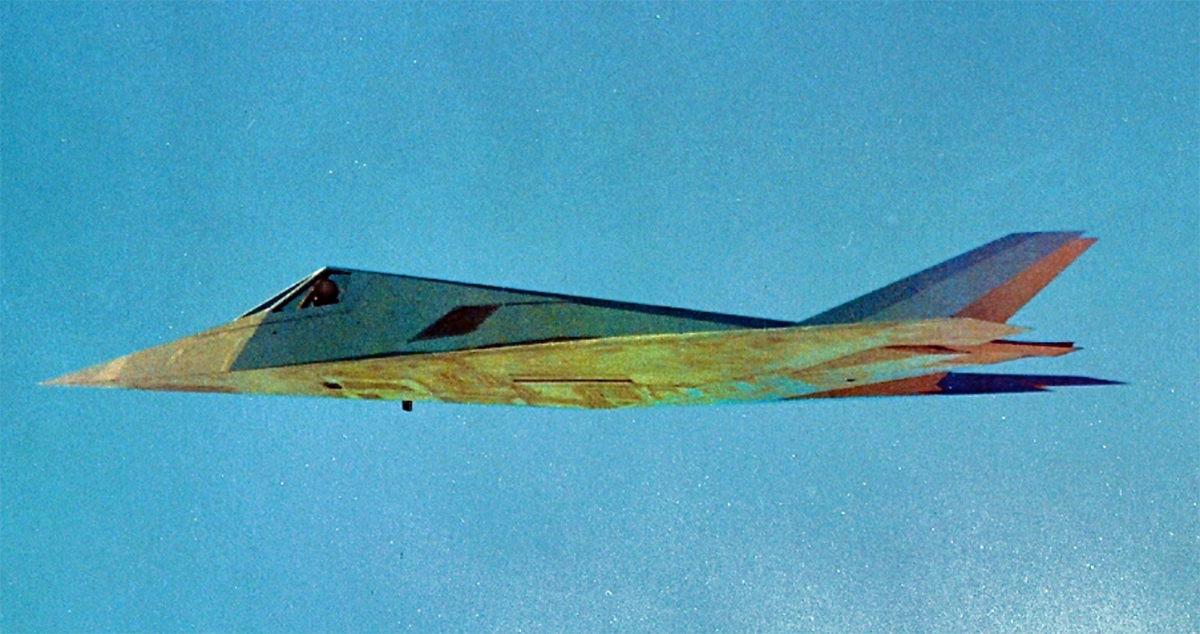
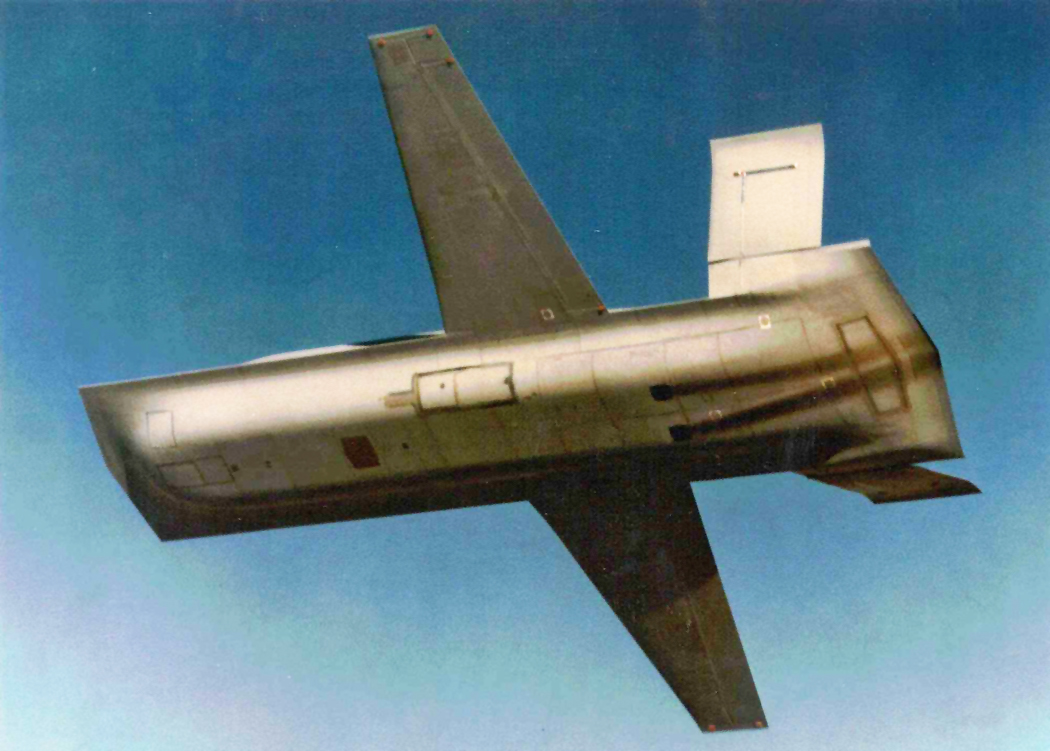
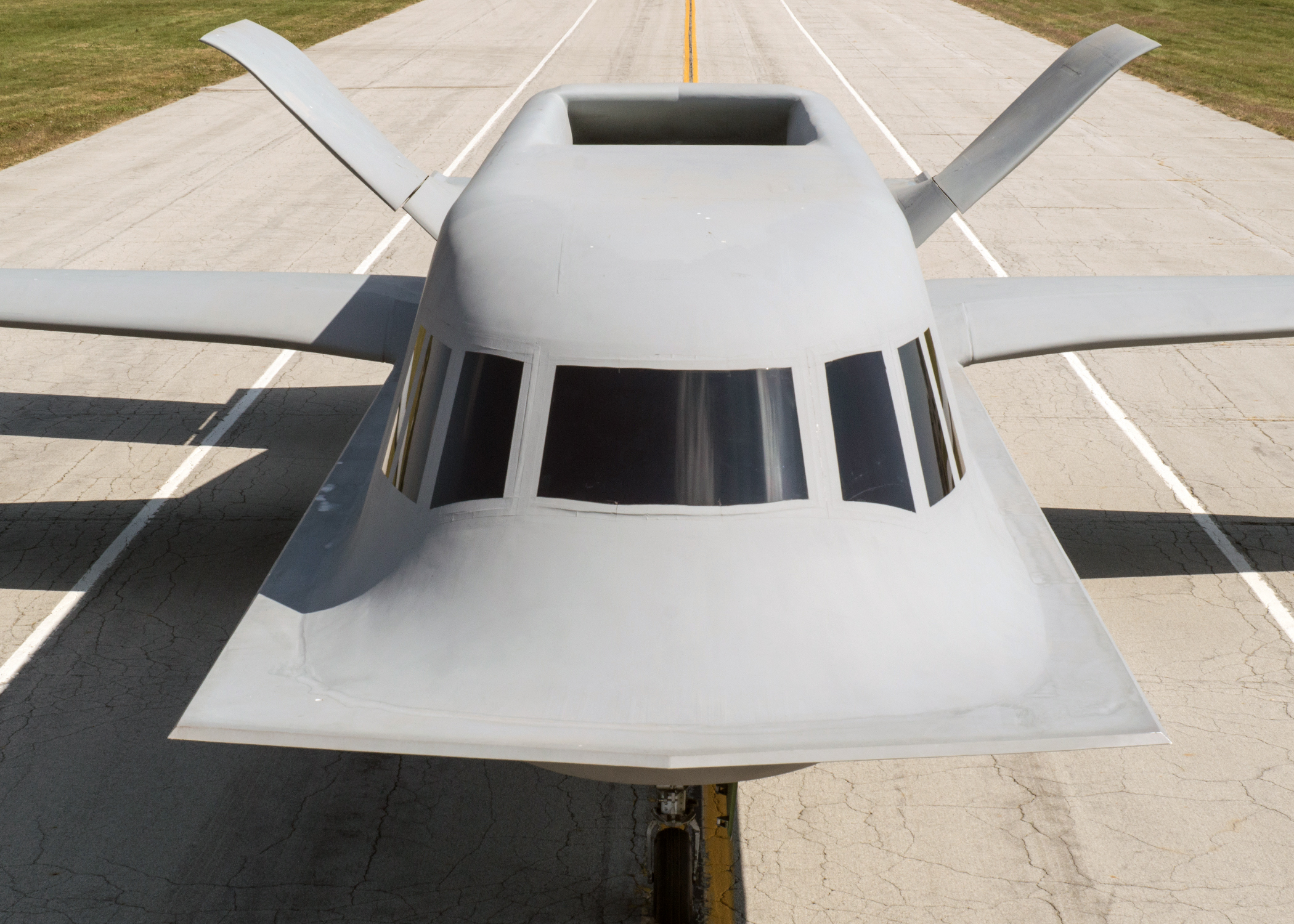

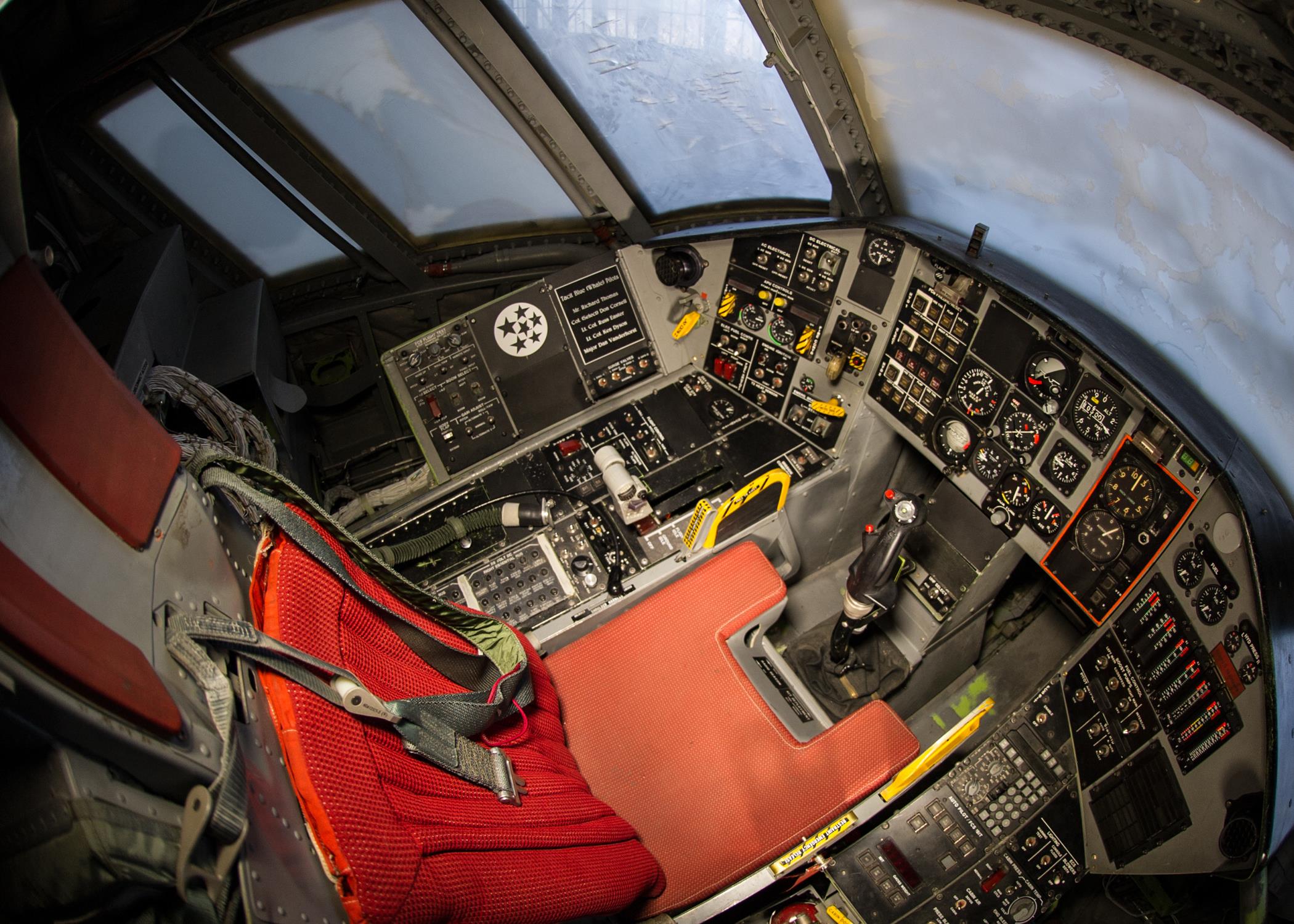
Contact the author: Tyler@thedrive.com
